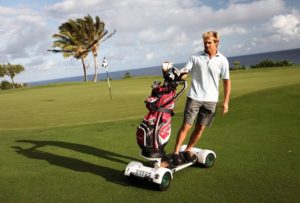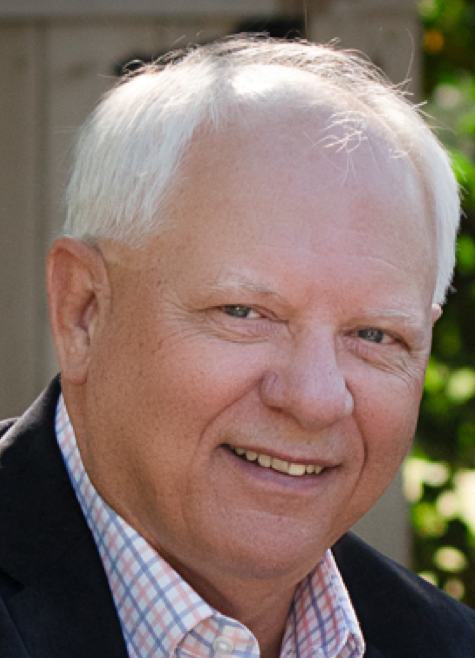 What are the most common injuries suffered by every golfer? Well here are 9 of the most injuries golfers can experience. Most of them I have had in some form or the other.
What are the most common injuries suffered by every golfer? Well here are 9 of the most injuries golfers can experience. Most of them I have had in some form or the other.
Back Pain
Back pain is the most common injury among golfers.
The golf swing puts a lot of stress on the golfer’s back, so it’s no surprise back pain is the most common problem for golfers.
Back pain in golfers might be mechanical or disc-related, arthritis-related, or caused by a stress fracture, among other possible causes. And, as long as hitting a golf ball a mile is in demand to be cool playing golf, then back pain from playing golf is only going to get worse.
Symptoms: Severe pain in the back, stiffness, muscle spasms, leg tingling is a symptom of there being nerve irritation present.
Treatments: Among the possible treatments are REST, medication, therapy, bracing, cortisone, surgery.
Do:
- Use proper back mechanics when lifting your bag.
- Bend through the knees when retrieving the ball.
- Consider switching to a putter with a longer shaft.
- Slow down the backswing to minimize rotational stress on the lower back at the top of the backswing.
- Adopt a big shoulder and hip turn on the backswing which is a classic swing technique.
- If you are right handed, make sure body weight is properly shifted to the right foot during the backswing, and that the arms and shoulders are kept within the plane of the swing at the top of the backswing.
Don’t:
- Place the feet too far apart at the address phase. Doing so limits the hip turn later in the swing and increases stress on the lower back.
- Hyper-extend the spine on the follow-through, but rather utilize the relaxed upright “I” position which is the classic swing technique.
Golfer’s Elbow
Tennis elbow is an inflammation, soreness, or pain on the outside of the upper arm near the elbow.
Golfer’s elbow is an inflammation, soreness or pain on the inside of the upper arm near the elbow.
Tennis elbow is actually more common among golfers than golfer’s elbow.
Symptoms: Pain and tenderness on the outside of the left elbow (tennis elbow) and the inner side of right elbow (golfer’s elbow). Pain may be greatest at the top of the backswing and at impact.
Treatments: Among the possible treatments are rest, medication, therapy, counterforce bracing, cortisone, surgery.
Do:
- Consider switching to graphite shafts and low compression balls to decrease elbow strain at impact.
- Practice on real turf instead of rubber mats when possible.
- Ease up on grip pressure and loosen up on the elbows during the swing.
- Bring the club back slowly during the backswing.
- Maintain a smooth transition from the backswing to the downswing.
- Move the ball to a safe spot to avoid contact with rocks, tree roots, sprinklers, etc..
- Consider adopting a more elliptical swing to sweep the ball off the turf and minimize divot-taking.
- Tee-up the ball on fairway shots, if necessary.
Don’t:
- Release the hands prematurely at the top of the backswing (casting maneuver).
- Decelerate the club before impact.
Shoulder Pain
Shoulder pain includes:
- Rotator cuff tendonitis, tear, impingement;
- or A-C joint arthritis; or instability, scapular lag.
Symptoms: Pain in the shoulder or upper arm at various phases of the golf swing, night pain, pain with overhead activities.
Treatments: Among the possible treatments are rest, medication, therapy, cortisone, surgery.
Do:
- Maintain proper strength and flexibility of the shoulder and scapular muscles (of both shoulders).
- Slow down the backswing to reduce stress on the shoulders.
- Consider adopting a flatter swing plane to sweep the ball off the turf and reduce the chance of shoulder-jolting divots.
Carpal Tunnel Syndrome
Carpal Tunnel Syndrome is a repetitive stress disorder that occurs in the nerves of the hands. At its worst, carpal tunnel is extremely painful and sometimes incapacitating.
Symptoms: Numbness and tingling of the fingers (particularly at night), hand weakness and clumsiness.
Treatments: Among the possible treatments are rest, medication, splinting, surgery.
Do:
- Make sure that club handle grips are replaced as needed, or consider larger/softer grips.
- Reduce grip pressure on the club handle.
DeQuervain’s Tendinitis
DeQuervain’s causes pain in the wrist near the base of the thumb, and is caused by an inflammation in the tendons that control the thumb.
Symptoms: Pain, swelling, and tenderness at the wrist near the base of the thumb. Pain typically occurs at the left wrist at the top of the backswing.
Treatments: Among the possible treatments are rest, medication, thumb spica splinting, therapy, cortisone, surgery.
Do:
- Avoid excessive cocking of the left wrist at the top of the backswing.
Don’t:
- Release the hands prematurely at the top of the backswing (casting maneuver).
Knee Pain
Knee pain in golfers can be caused by numerous underlying issues, among them: a torn meniscus; knee arthritis (osteoarthritis), or kneecap pain (chondromalacia).
Symptoms: Pain, clicking, swelling of the knee aggravated by twisting, squatting, and walking.
Treatments: Among the possible treatments are rest, medication, arthroscopic surgery (meniscus tear), total joint replacement surgery (severe arthritis), injection treatments, bracing, therapy.
Do:
- Consider switching to spikeless shoes to reduce twisting stresses on the knees.
- Focus on practice and play with short irons while recuperating from a knee injury (or surgery), to minimize stress on the knees.
Don’t:
- Return to full swinging prematurely after knee injury or surgery – the golf swing places enough stress on the knee to risk re-injury.
Trigger Finger
Trigger finger can cause a finger or fingers to lock up. The condition is caused when the flexor tendon sheath, through which the finger tendons run, is inhibited.
Symptoms: Painful locking and snapping of the finger.
Treatments: Among the possible treatments are cortisone and surgery.
Do:
- Use a glove to pad the more susceptible left hand.
- Make sure that club handle grips are replaced as needed, or consider larger/softer grips.
Wrist Impaction Syndrome
Impaction syndromes of the wrist are caused when the bones of the wrist bang into one another due to excess or repetitive movements.
Symptoms: Pain and tenderness on the top of the wrist, usually on the right side at the top of the backswing.
Treatments: Among the possible treatments are rest, splinting, cortisone, or, rarely, surgery.
Do:
Slow down the backswing to minimize the right wrist extension at the top of the backswing.
Fracture of Hamate Bone
The hamate bone is a small bone on the pinky side of the wrist. The hamate has a small prominence called the hook, which juts into the palm. The way most golfers grip their clubs puts the butt-end of the club right up against the hook of the hamate during the swing.
Symptoms: Pain and tenderness in left palm, numbness in ring and pinky fingers.
Treatments: Among the possible treatments are Surgery, casting.
Do:
- Make sure that your clubs are fitted properly so that the butt end of the club extends beyond the fleshy pad on the pinky-side of the left hand.
Don’t:
- Take fat shots or swing at balls near rocks, roots, or other obstructions.




